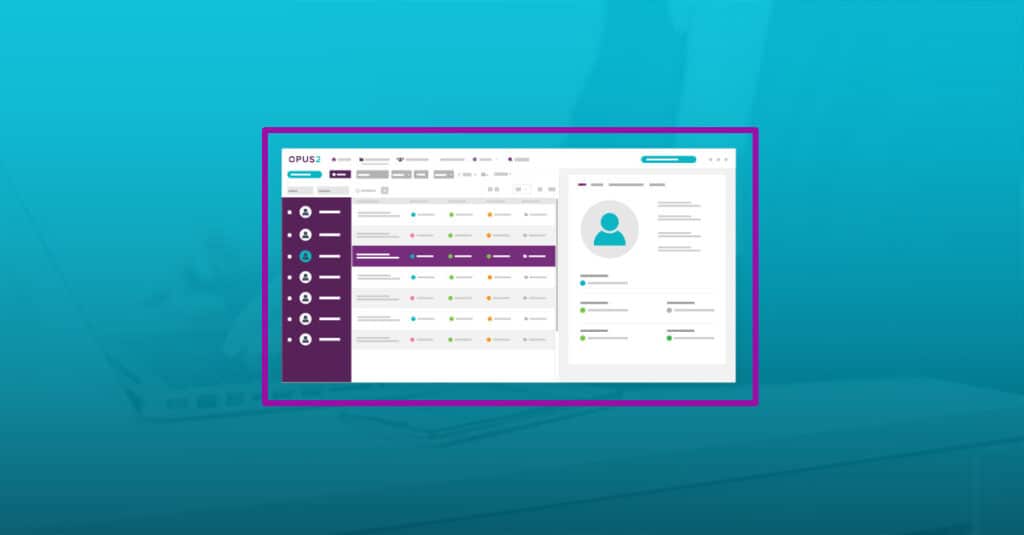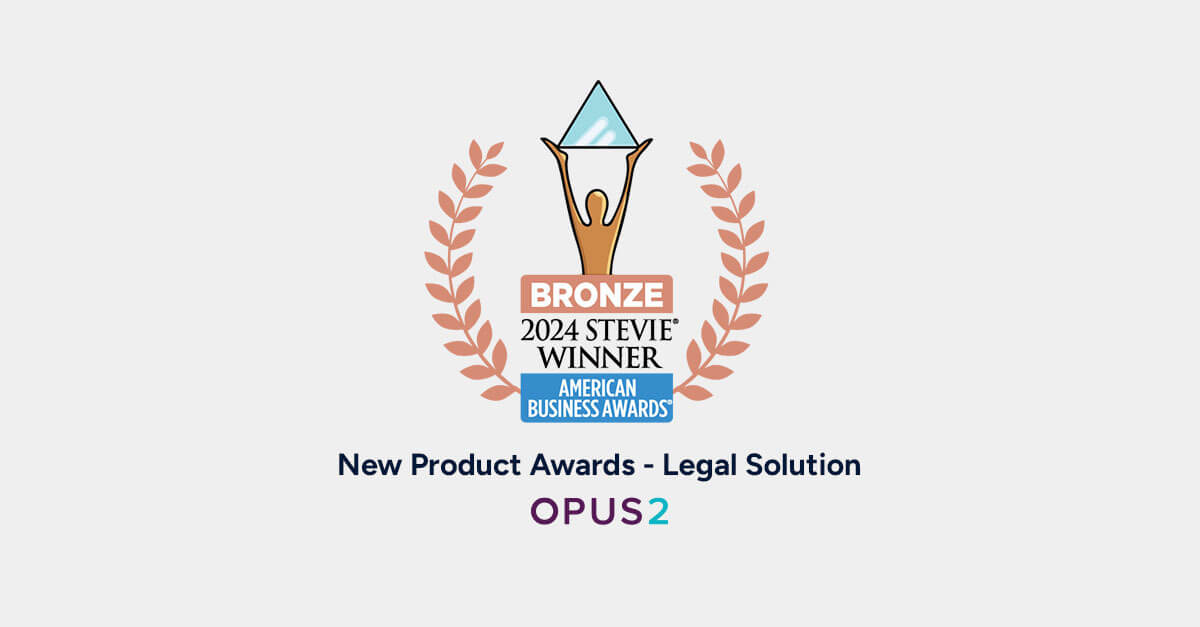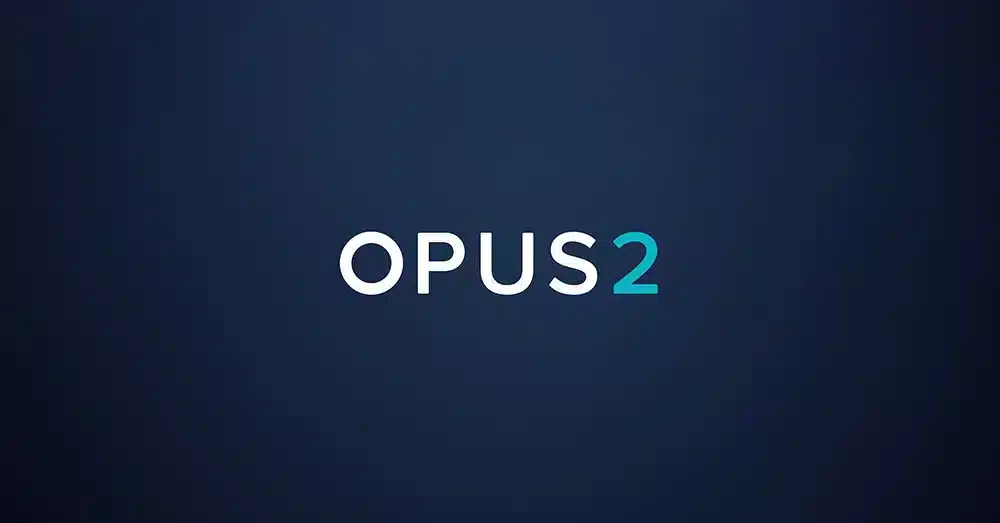In this article, we explore how Opus 2 Case Preparation can support your firm’s everyday practice and streamline your litigation workflow.
The strength of a party’s case may depend on the nature and quality of their evidence. Practice Direction 57AC – Trial Witness Statements in the Business & Property Courts (B&PCs) (‘PD 57AC’) was introduced in April 2021 to counter the courts’ experience that trial witness statements were “often ineffective in performing their core function of achieving the best evidence at proportionate cost”1.
Since its introduction, a new landscape has emerged for trial witness statements in the B&PCs. The recent case of Mackenzie v Rosenblatt Solicitors & Anor [2023] EWHC 331 (Ch) provides an important reminder of ensuring compliance with PD 57AC.
While PD 57AC does not strictly apply to claims outside the B&PCs, the below principles should also be considered when preparing witness statements in any claim to avoid non-compliance with the equivalent Rule or Practice Direction.
1. Witness statements should identify the documents that are used to prepare the witness statement
The judge criticised the fact that the witness statements on behalf of the defendant did not identify the documents that they had looked at, or used to refresh their memory, while preparing their statements. Moreover, their witness statements did not contain a schedule of those documents.
2. Witness statements should be in the witness’s own words
The judge stated that the claimant’s “witness statements are the careful work of a legal team, contrary to the requirements of PD 57AC that a statement should be so far as possible in the witness’s own words”.
3. Witness statements should set out the witness’s recollection of the facts
The witness statements on behalf of the defendant were described by the judge as arguing the defendant’s case, rather than setting out their recollection of facts.
How Opus 2 Case Preparation can support the preparation of trial witness statements
Opus 2 Case Preparation provides a single, secure, connected work environment for legal teams, their clients, and other stakeholders across the whole lifecycle of a matter.
Lawyers can use Opus 2 Case Preparation to support them in preventing the pitfalls of falling foul of the court’s procedural requirements under PD 57AC by:
- Uploading, reviewing and annotating documents to prepare witness interview questions.
- Tagging documents to use as checklists, for example, to indicate a witness’s recollection of events, and whether their recollection has been refreshed by reference to documents, identifying those documents.
- Providing their clients with a secure, branded portal to allow them to share documents for the purpose of their evidence.
- Automatically creating a schedule of documents and indicating why the documents have been included in the schedule; for example, documents that the witness has referred to or been referred to for the purpose of providing evidence.
Opus 2 Case Preparation can also be customised to fit a firm’s best practices and provides holistic support across secure file sharing, bundling, argument preparation, chronologies, and extended collaboration. It delivers significant efficiencies over and above disparate tools and enables law firms to better differentiate their services and deliver greater value to their clients.
Read more about Opus 2 Case Preparation or contact us to book a demo.
1. Judiciary.gov.uk Factual Witness Evidence in Trials before the Business & Property Courts – Report of the Witness Evidence Working Group (December 2019)







